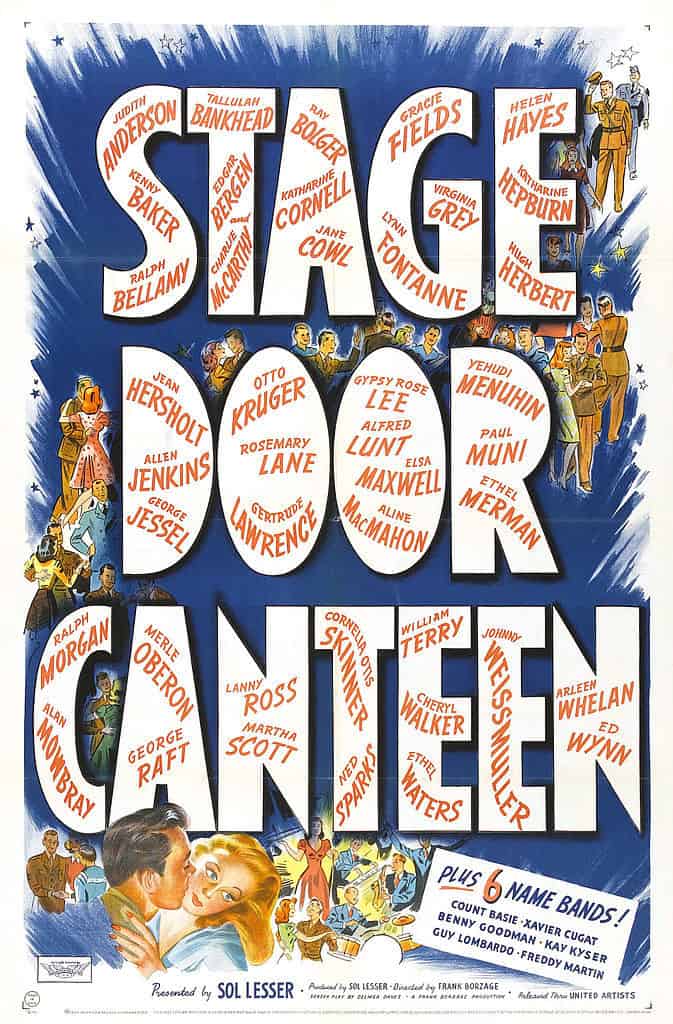
ADVERTISEMENT - CONTINUE READING BELOW
2. USO clubs could be established virtually anywhere
A USO Club or Camp in 1941 and early 1942 could be found in diverse locations, in the continental United States and in overseas territories. They were in railroad stations and aboard club cars on trains. They were in airports and bus stations. Military installations in rural areas could find a USO Club in a local barn, its use provided by its owner. Church basements, schools, libraries, town halls, and local clubs were used by the USO to provide entertainment and moral support to the troops. Some offered hot beverages, doughnuts, pies, cakes, and other tastes of home, others presented elaborate shows by both local and national celebrities. Dances were a common entertainment offered in the stateside camps, where servicemen could purchase tickets which they exchanged for dances with local girls. Larger facilities offered exercise facilities, ballfields, gyms, bicycles, and other forms of exercise.
USO Camps built theaters, with nearly 200 across America by the end of 1941, and alongside them were the famed Stage Door Canteens. In New York, the Stage Door Canteen opened in the basement of the 44th Street Theater, under the watchful eye of Margaret Perry, daughter of Antoinette Perry. Antoinette Perry was the namesake of theater’s annual Tony Awards. Margaret sold the film rights over the founding of New York’s Stage Door Canteen and used the proceeds to fund further USO shows overseas as Americans began to deploy across the globe in 1942. The story cast for the film featured mostly little-known actors, though numerous major stars, over 80 of them, appeared in cameos in the film. Released in the summer of 1943, it generated box office receipts of over $4.3 million, a considerable sum for a film in the 1940s.

